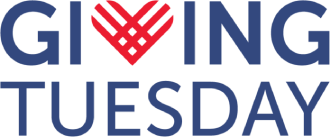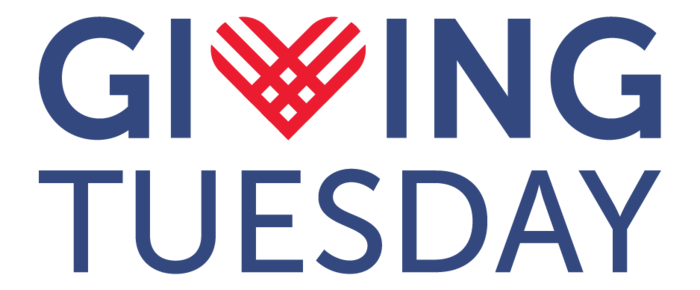Since 2022, GivingTuesday has conducted a weekly cross-sectional online survey of Americans, called GivingPulse, designed to investigate a broad range of giving behaviors and sentiments. Survey responses provide insights into the state of generosity and allow the sector to explore how various events, interventions, crises, and demographic factors impact or correlate with generosity in near real-time. This survey encompasses the diverse set of behaviors that people engage in to support others including financial and material donations, volunteering, advocacy, and mutual aid. These findings relate to Q3 of 2024.
What We’re Learning
The Q3 GivingPulse report underscores the growing momentum for generosity as we approach year-end giving. Volunteerism is on the rise, with more people engaging across in-person and online channels. Awareness of GivingTuesday also continues to grow, with over one-third of Americans familiar with the movement, and half of those planning to participate this year. Spontaneous givers remain eager to act when effectively engaged, while recurring donors provide steadfast support across multiple channels. These trends point to a powerful opportunity to inspire impactful giving as we enter the final stretch of the year-end giving season.
Key Findings
1. In this quarter, more people recalled being asked to give, and as a result, more people are giving.
- Monthly and weekly solicitation rates have rebounded after hitting a low point in Q2. Giving in any form and giving money remain stable compared with last quarter and last year at 61% and 33% of respondents, respectively.
- Volunteering increased 10% compared with Q2 (slight increase of 5% year-over-year), up to 26% of respondents
- People continue to respond to being asked at a relatively stable rate. 35% of those solicited responded with generosity, which is in line with previously reported solicitation rates.
- Spontaneous givers are just as responsive to solicitation as those who pre-plan their giving. Their behavior in Q3 suggests that they are just as, if not more, open to collective giving moments such as political giving leading up to the US election and #GivingTuesday. Spontaneous givers are the majority of all givers, and harnessing the momentum of the year-end giving season is an opportunity to engage this subset of donors.
- The gap continues to close between in-person and online monetary donation methods, with the use of direct and indirect online donations increasing 10% and 17% respectively compared with Q2. In-person donation methods were particularly popular during Q4 2023. It remains to be seen if this trend will reverse during this year’s giving season.
2. GivingTuesday is creating opportunities for different kinds of givers to participate.
- 34% of respondents reported they were aware of GivingTuesday in the quarter that precedes it. Among those who are aware of GivingTuesday, over half reported that it inspires them to be more giving, and that half are planning to participate this year. Givers who are GivingTuesday aware, and are making a plan to participate, are also more likely to be volunteering and more likely to be giving recurring donations.
- Spontaneous givers who know about GivingTuesday are also important to consider as many of them are already giving money in Q3. 63% of spontaneous, GivingTuesday-aware givers say they could afford to give more than they do.
3. Recurring donors give in many different ways beyond money.
- Recurring monetary donors are some of the most generous donors in the GivingPulse dataset: they volunteer, participate in workplace giving, give political donations, and engage with nonprofits significantly more than their non-recurring counterparts.
- In Q3, recurring donors were more likely than non-recurring donors to say they could afford to give more than they do (74% vs. 52%), but they were not more likely to say they intended to give more in the future. Given their preference for planned giving, the question remains as to how recurring donors can be most effectively engaged in an ongoing manner such that they either plan to increase their giving, or decide to spontaneously “top up” their generosity.



